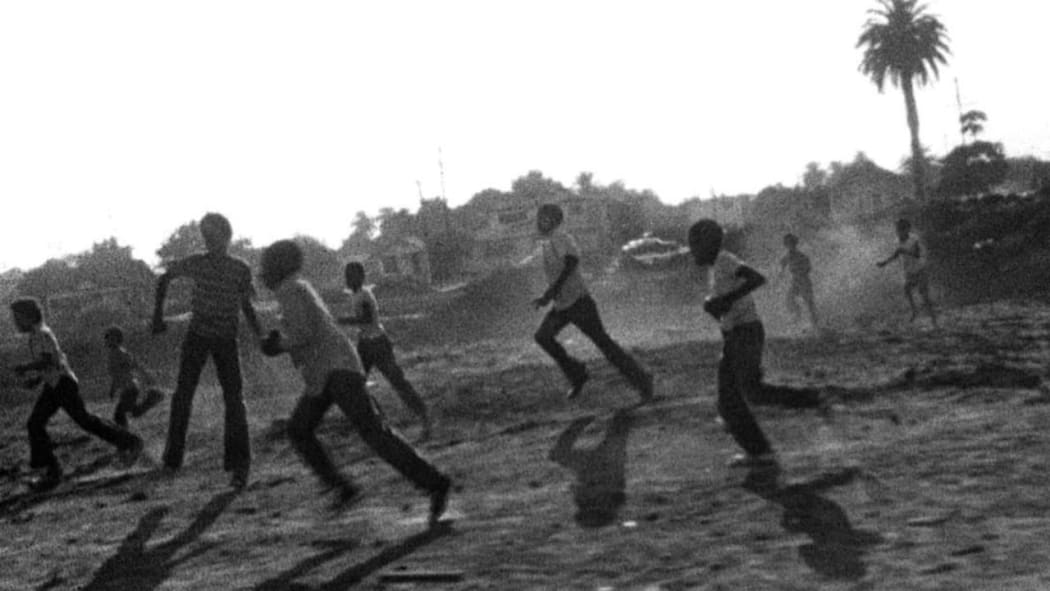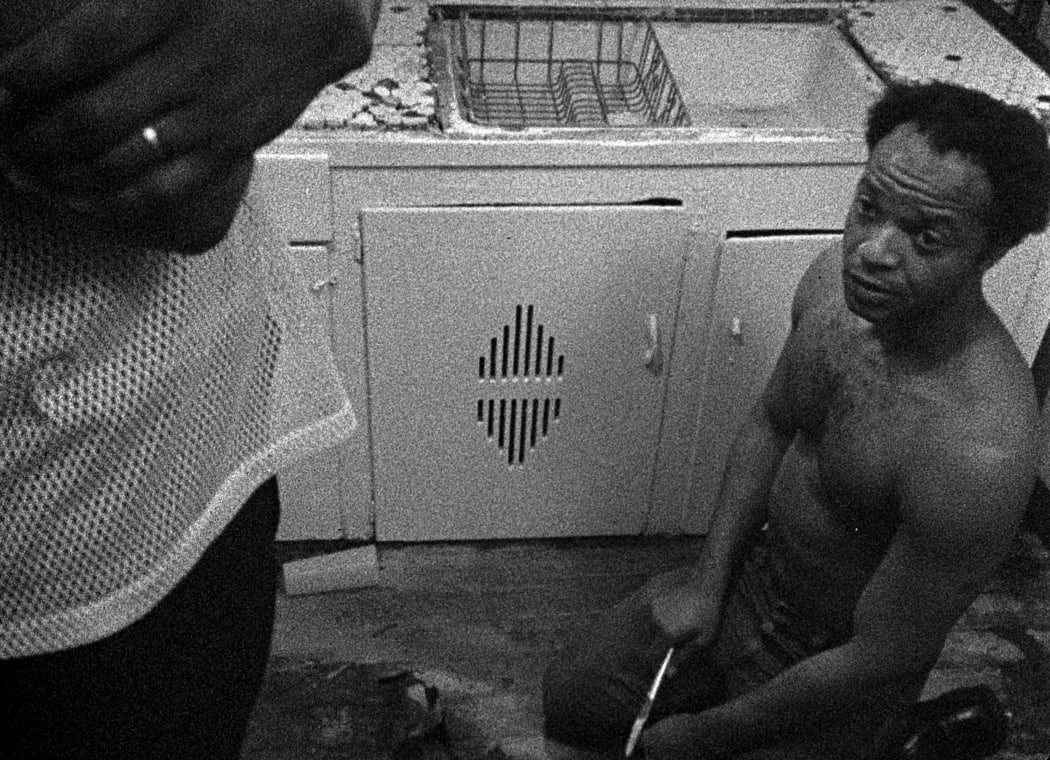Dan Slevin says the elevation Charles Burnett’s film to the top 50 shows how the cinema canon is changing.

Photo: Milestone Films
No film has made a bigger leap in ranking over the past ten years than Killer of Sheep, Charles Burnett’s 1978 neorealist portrait of the urban working poor in Los Angeles filmed several years earlier in 1972 and 1973.
From number 222 to equal-43 in only a decade indicates a seismic shift, not only in the critics that make up the panel but also their feelings about the film.
Originally conceived as Burnett’s thesis film at UCLA, its lack of distribution over the next few decades was more due to an unaffordably banging soundtrack – from Earth, Wind & Fire to Dinah Washington’s desolate ballad “This Bitter Earth” – than a poor reception from audiences.

Photo: Milestone Films
Indeed, it won the Critics’ Award at Berlin and was acclaimed at Toronto the year it was released. But the movie business is brutal and if people can’t see your film, you can soon be forgotten.
A virtually plotless but often searing portrait of a family in Watts who are buffeted by forces they can’t control and alienated from the American Dream that everything around them promises, the eighty minute running time can be dramatic, hypnotic and moving at the same time.
The father (Henry G. Sanders) works in a slaughterhouse – giving the film its title – and the disposability of life, the dedication of a lifetime to the purposes of others, is the great theme of the picture.
I first heard of Killer of Sheep in Thom Anderson’s great documentary portrait of L.A., Los Angeles Plays Itself from 2012. In it, he looks at how the presence of the Hollywood filmmaking machinery meant that Los Angeles got to be lots of other places over decades of movie making but rarely itself, and when it was the subject of a film, it hardly ever reflected the reality of life for ordinary Angelenos.

Photo: Milestone Films
Killer of Sheep, he argued, was the first film to portray the truth of Los Angeles. Of dead-end jobs, of riding the bus or walking instead of driving those endless freeways, of hard scrabble lives a lifetime away from the palm trees of Beverly Hills.
In a depressing state of affairs for American cinema generally, Killer of Sheep is one of only two entries in the top 50 for a Black American filmmaker. The highest ranking for a Black woman director is down at number 60, Julie Dash’s Daughters of the Dust which was on Netflix for a while, now on Mubi, and I reviewed for RNZ back in 2018.
Killer of Sheep is streaming on Kanopy, the service from many public libraries that allows you to view films at home for free using only your library card. Each library curates its own list so not every library that offers Kanopy will have this title.
It is also available on physical media from Aro St Video in Wellington and Alice in Videoland in Christchurch.
Dan Slevin is spending 2023 watching each of the Top 50 Greatest Films of All Time (according to the BFI/Sight & Sound magazine).

